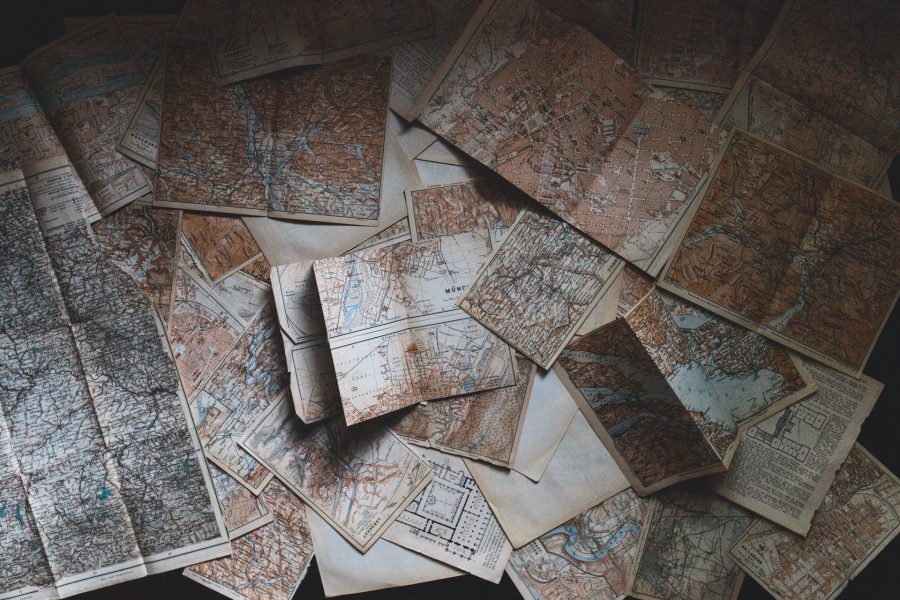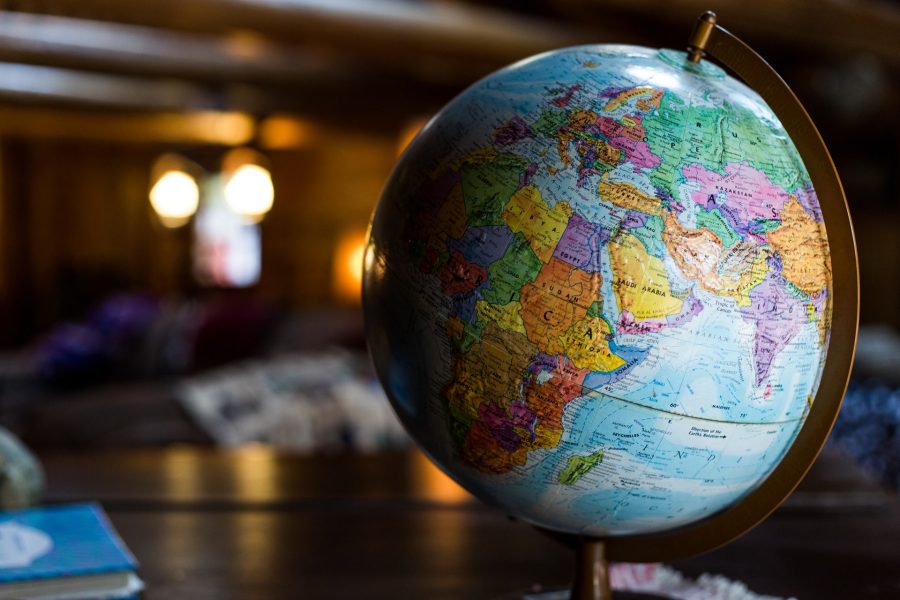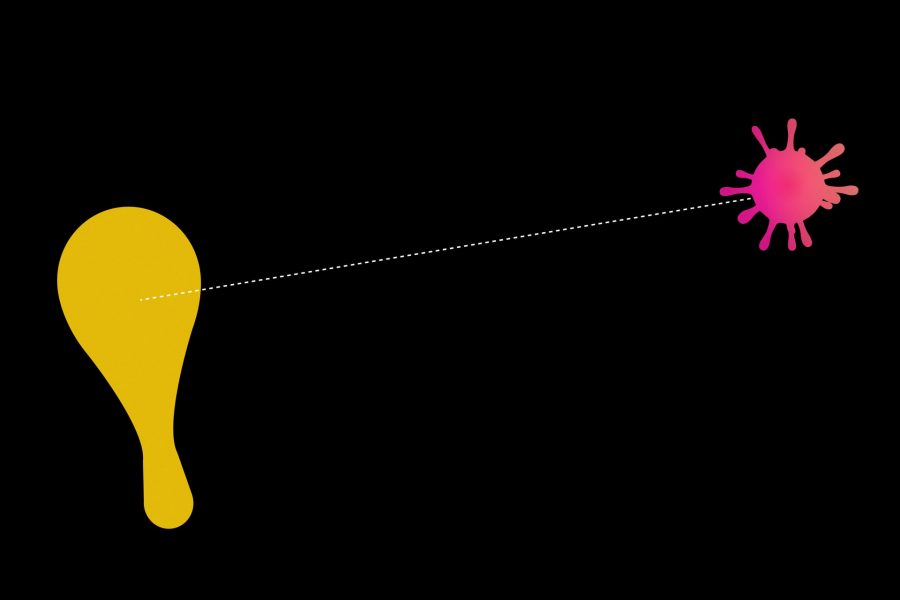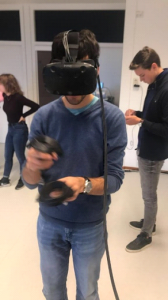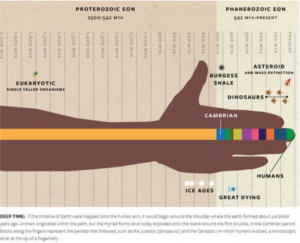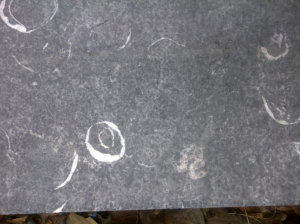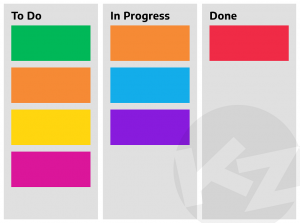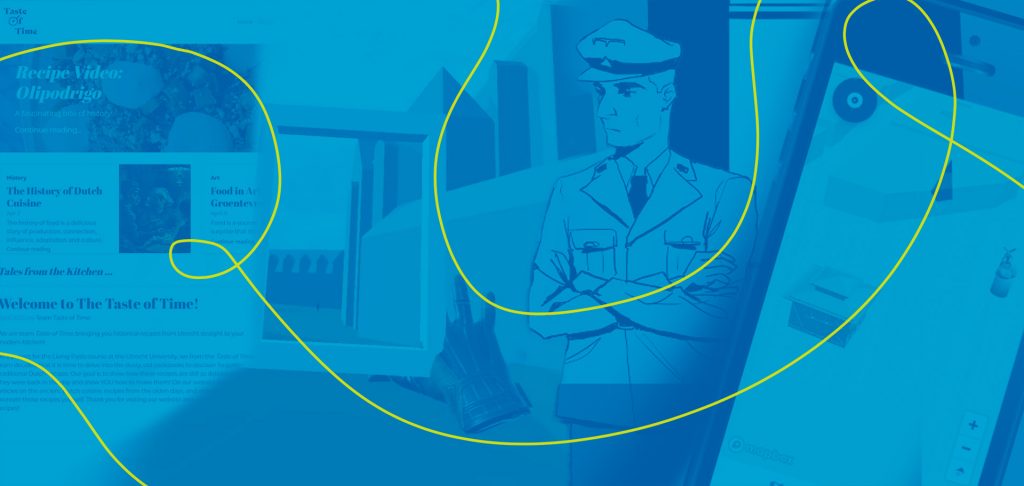
Geschreven door Tim Overkempe en Anna Tchitcherine, beiden oud-studenten van de Living Pasts cursus en daaropvolgend student-assistenten, voor de Nacht van de Utrechtse Geschiedenis.
Introductie
De Living Pasts cursus is een kweektuin voor uiteenlopende designexperimenten. Deze gevorderde bachelorcursus zoekt naar nieuwe vormen van geschiedvertelling. Geslaagde experimenten kunnen later worden geïntegreerd in het project Utrecht Time Machine. Op deze manier zijn de studenten direct betrokken bij de vormgeving van deze duurzame, virtuele wereld. De exacte vorm en invulling hiervan ligt nog open, en kan zodoende in samenspraak met maatschappelijke partners, studenten en andere betrokkenen worden bepaald. Al doende leert men gaandeweg het proces meer over wat effectief blijkt en wat niet, waardoor uiteindelijk, in overleg met de partners en begeleiders, het meest gewenste resultaat kan worden behaald.
De studenten zijn in deze testomgeving relatief vrij om hun eigen ideeën uit te werken. Dit kan door de methode die leidend is in Living Pasts: co-design. Zowel de cursus als het eindproduct worden samen met de studenten ontworpen. De cursus wordt zorgvuldig voorbereid door de docenten, maar er is ruimte voor studenten om invloed te hebben op de uitkomsten van de cursus. De uiteindelijke resultaten van het vak zijn afhankelijk van wat de studenten willen onderzoeken of implementeren. Hiervoor is ook per groep een budget vrijgemaakt. Wil je meer weten over de structuur van de cursus en het studentenperspectief? Bekijk dan de video: Living Pasts – What to Expect? Om te zien wat deze nieuwe lesmethode oplevert, kunnen we het beste kijken naar de eerdere resultaten van de cursus.
Achtergrond en eerdere projecten
De Engelstalige cursus Living Pasts: Augmenting Urban Landscapes and Cultural Heritage in the Digital Age kan gevolgd worden aan de Universiteit Utrecht. De cursus is opgezet door Toine Pieters – tevens coördinator van Utrecht Time Machine – en wordt aangestuurd door een divers team van (gast)docenten en student-assistenten die werkzaam zijn in verschillende faculteiten en onderzoeksvelden. Het Utrechts Archief is als partner nauw betrokken bij deze cursus en biedt naast professionele ondersteuning ook gedurende de cursus werkruimtes en materiaal aan voor studenten en begeleiders.
In september 2019 ging de Living Pasts cursus voor de eerste keer van start. De studenten hadden een duidelijke opdracht: het maken van een mobiele app over de geschiedenis van de Neude. Er waren slechts vijf studenten betrokken bij de cursus, maar dat weerhield hen er niet van om met ideeën te komen over hoe de app er uit moest zien. Een handvol studenten was bezig met het daadwerkelijke ontwerp van de app. Anna Tchitcherine maakte een interactieve dialoog over de executie van Augustijn de Vos, Pieter de Vos en Trijntje Ridersbach; een familie die op 14 augustus 1661 werd veroordeeld voor de moord op het dienstmeisje van de Domheer, Orseltje. Een andere student van dat jaar, Nayra Hammann, onderzocht openbare toiletten in steden. In haar artikel sneed ze onderwerpen aan als privacy, gezondheid en gemeentelijk beleid. Tijdens dit onderzoek, ontdekte ze de Nederlandse architect Ferdinand Jacob Nieuwenhuis (1848 – 1919). In mei 1898 had hij een plan had ontworpen voor een retiradegebouw met gescheiden vrouwen- en mannentoiletten op de Neude. Deze kwam er ook daadwerkelijk te staan, alhoewel het afweek van de originele tekening. Dit retiradegebouw stuitte ook op veel problemen. De urinoirs waren namelijk vaak verstopt en hadden een slechte verlichting. De bewaker was ook niet altijd in staat om zedendelicten te voorkomen. Het retiradegebouw verdween vrij snel en werd vervangen door de openbare toiletten van het Hoofdpostkantoor, opgeleverd in 1924. Om het retiradegebouw weer tot leven te wekken, ontwierp de scholier Stan Nuijten een 3D-model. Hij gebruikte hiervoor een online 3D-modelleerprogramma genaamd Tinkercad en het bouwplan uit Het Utrechts Archief. Het 3D-model werd 3D-geprint, en is ook digitaal toegankelijk op de Living Pasts app.
De tweede iteratie van de cursus, in februari 2020, kende een ruime verdubbeling van het aantal studenten. Tijdens deze cursus waren drie groepen bezig met projecten waarin een ander deel van de Utrechtse binnenstad centraal stond: het Janskerkhof. Eén groepje richtte zich op Virtual Reality (VR), waarin vier tijdlijnen (grofweg rond 1000, 1200, 1800, 1900) virtueel bezocht kunnen worden onder leiding van een tijdreiziger. Mocht de gebruiker ook echte historische documenten willen bekijken, of de virtuele reconstructie van de (oude) Janskerk, dan kan dit ook in deze virtuele omgeving. Een ander groepje, Taste of Time richtte zich op de culinaire geschiedenis van Utrecht en het Janskerkhof. Zij maakten een website waarop historische recepten en blogs waren te vinden. Op deze manier wil het team de oude Utrechtse recepten en culinaire historie tot leven wekken door ze te delen. Zij besteedden bijvoorbeeld veel tijd in de recreatie van een zestiende-eeuws recept voor Olijpodrigo. Naast het Janskerkhof richtte één groep zich op de turbulente geschiedenis van de Maliebaan. Een aantal studenten koos ervoor een digitaal stripverhaal te maken om een verhaal over het leven aan de Maliebaan in de Tweede Wereldoorlog te vertellen. Zij doen dit vanuit het perspectief van een Nederlander die werkt voor de Sicherheitspolizei om zijn familie te ondersteunen. Dan komt hij erachter dat er Joden in dezelfde straat onderduiken als zijn hoofdkwartier. Wat zou jij doen in deze Visual Novel?
Na een blik te werpen op de resultaten die deze cursus heeft voortgebracht, is het nu tijd om te kijken naar de toekomst: aan welke projecten wordt momenteel gewerkt, en wat is de potentiële uitkomst hiervan?
Lopende projecten
Na de Neude en het Janskerkhof, zijn er op dit moment twee teams van studenten aan het werk om de geschiedenis van het Domplein en de Domtoren tot leven te brengen. Hun projecten zijn hieronder door de studenten zelf beschreven. Omdat beide projecten in volle gang zijn, staan de teams volledig open voor suggesties, vragen en feedback.
1: Het middenschip keert terug naar het Domplein, met je eigen mobiele apparaat!
Virtual en Augmented Reality worden gebruikt om de werkelijkheid aan te vullen met computer-gegenereerde elementen of om zelfs een hele nieuwe wereld om je heen te creëren. Ze geven ons de kans om de wereld te ervaren zoals het ooit was, geweest zou kunnen zijn, of op een dag zal zijn. Deze technieken worden al gebruikt om hele dorpen uit hun graf te doen herrijzen, om nieuw licht te werpen op klassieke muurschilderingen en zelfs om de sterren vanuit een ander perspectief te bekijken via de populaire app Star Chart.
Net als bij vele andere plekken van culturele waarde, kunnen VR en AR ook voor bezoekers en inwoners van Utrecht een uitkomst bieden bij het inbeelden van dat wat er ooit was. Door middel van Augmented Reality, zullen wij een levensgroot 3D-model van het oude middenschip van de Dom op het Domplein plaatsen, precies op de plek waar 346 jaar geleden het originele middenschip is ingestort. Via een QR-code op het plein kan iedere bezoeker onze website bezoeken om het middenschip in volle glorie te aanschouwen, via je eigen telefoon!Door te klikken op de interactieve knoppen in het AR-model kunnen gebruikers compleet opgaan in het verleden en speculeren over de potentiële toekomst van deze unieke plek tussen de toren en de kerk, de plek die we nu Domplein noemen. Al rondlopend ontdek je meer over hoe het middenschip is verdwenen, de architectuur, en over hoe de ineenstorting van het middenschip aan het begin stond van de geschiedenis van het Domplein zoals we het nu kennen.

Heb jij iets in gedachte dat absoluut terug moet komen in dit multimedia-product? Of heb je andere ideeën, vragen of suggesties voor het team? Laat het ons vooral weten via thenavereturns@gmail.com!
2: Dom Square Time Trap
Wij zijn team toad en we willen je graag kennis laten maken met ons project! We ontwerpen een spel dat is geïnspireerd op het populaire Pokemon Go. In ons spel moeten historische karakters die ‘verloren zijn geraakt in de tijd’ op het Domplein terug worden geplaatst om Utrecht te redden. Een voorbeeld van een historisch karakter is Jan van Nassau, die bij zijn eigen standbeeld op het Domplein is te vinden. Om meer diversiteit in ons spel te krijgen, zijn we op zoek naar nieuwe suggesties voor historische karakters en/of verhalen. Daarnaast willen wij ook kijken of we het spel kunnen uitbreiden naar andere locaties in Utrecht (buiten het Domplein). De criteria voor een karakter in ons spel zijn als volgt: een historisch figuur dat tastbaar verbonden is aan een gebouw, standbeeld, monument of anderszins kenmerkend materieel object in Utrecht. Dit betekent echter niet dat dit alleen voor bekende personen opgaat; zowel een bekende Utrechter met een standbeeld (e.g. Anton Geesink) als je geliefde tante die op de hoek van Jan Pieterszoon Coenstraat en Kanaalstraat woonde zijn geschikte kandidaten. Bekijk hier alvast de trailer die we hebben gemaakt!
Naast het spel schrijven we een Wikipedia artikel over de Zaak van Munsterkerhof, de vermeende doodslag op negenenvijftigjarige Aletta Francina van Rooijen-Emmelot in 1883. Dit is een ander voorbeeld voor een historisch karakter in ons spel. Tegelijkertijd willen we met dit soort verhalen een stukje onderbelichte geschiedenis delen met niet-Nederlands sprekenden.
Suggesties voor ons project kunnen worden opgestuurd naar teamtoad2020@gmail.com. Als je op een andere manier commentaar zou willen leveren op ons concept, willen we je vragen deze vijf minuten durende enquête in te vullen.
Hoewel de contactgegevens van beide teams in de promotieteksten hierboven te vinden zijn, is het ook mogelijk om (meer algemene) feedback te geven via livingpasts@uu.nl. Suggesties of opmerkingen worden ook door de organisatie van de cursus erg gewaardeerd. Voor nu hopen we met dit artikel een heldere beschrijving en overzicht te hebben gegeven van deze bijzondere en inspirerende cursus. We kijken uit naar de komende projecten en mogelijk toekomstige samenwerkingen en gesprekken met geïnteresseerden.
